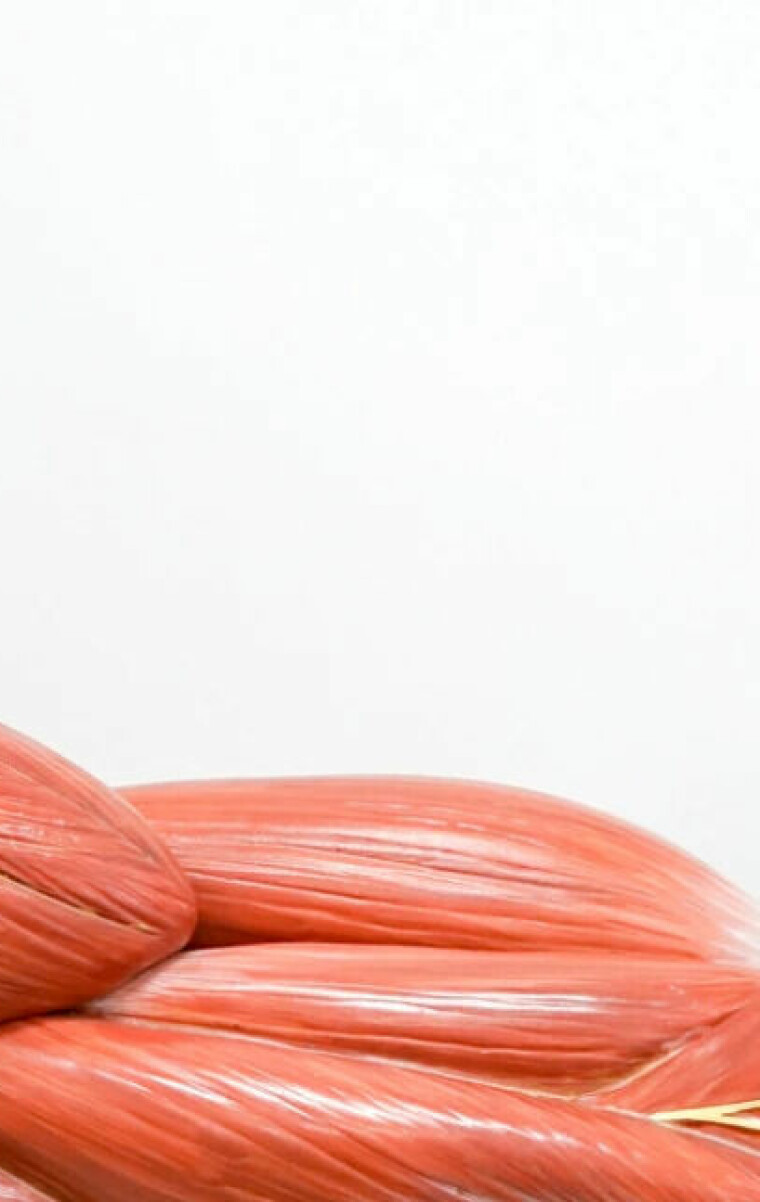
The supplement creatine can make you stronger.
But what does the substance actually do inside our bodies?
This is how creatine works
However, you don't need to take supplements for this to happen inside your muscles.
Creatine is a supplement that can give you slightly larger and stronger muscles if combined with exercise, at least in the short term.
But please note: It does not work for everyone, and there are several exceptions and gaps in our knowledge about the substance.
This article will, however, not focus on these limitations.
Instead, let’s zoom in to understand what actually happens when our muscles use creatine.
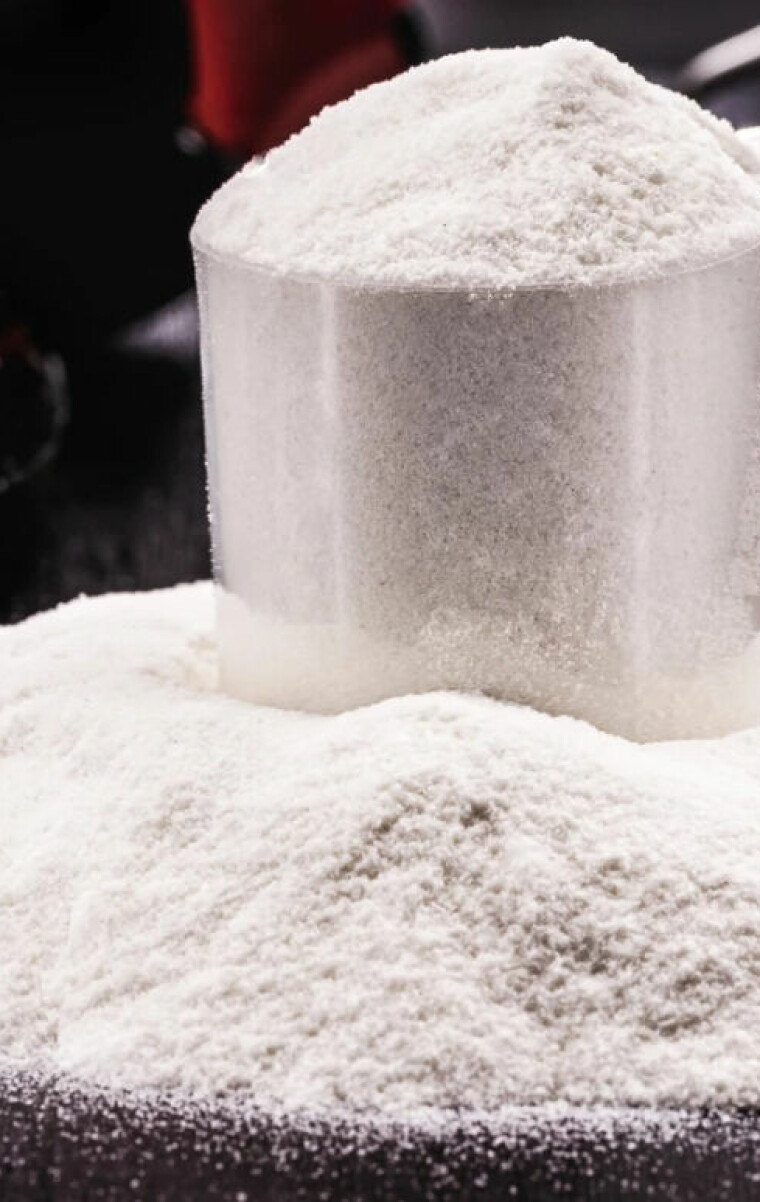
This substance is not just a muscle powder.
It is naturally produced in our bodies.
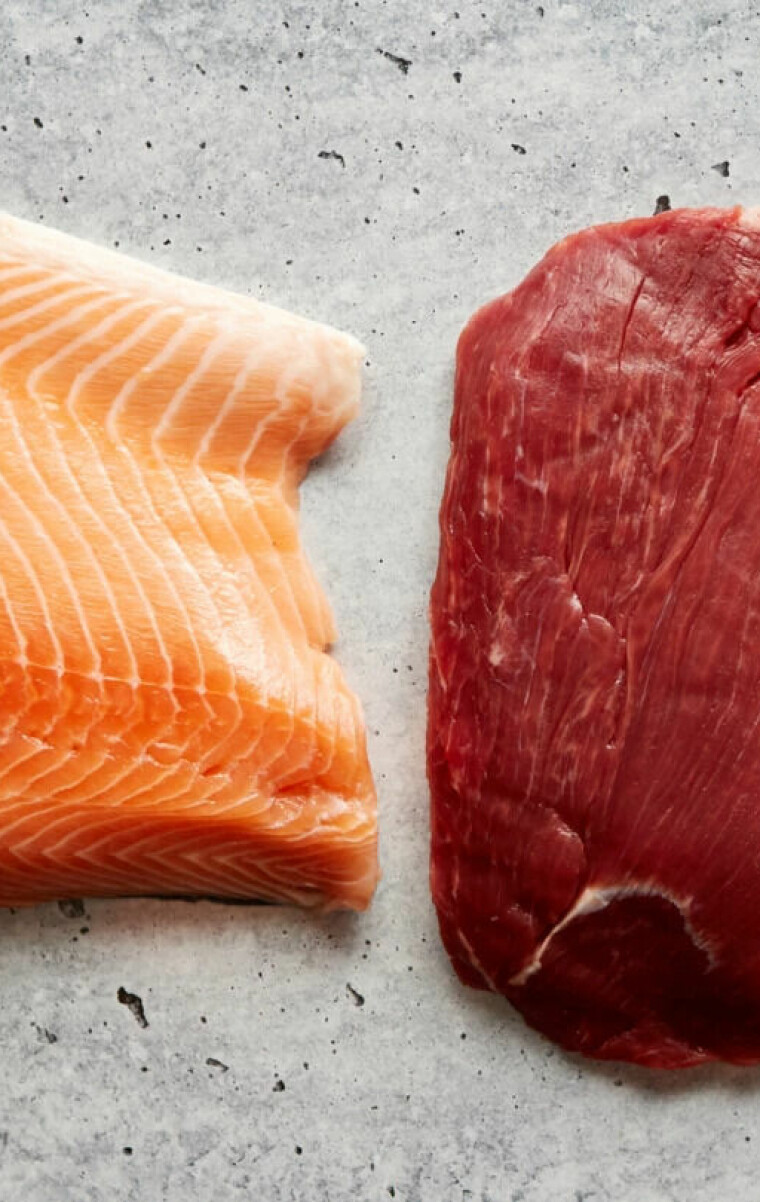
Those of us who eat meat and fish also get it through our diet.

This small substance can provide muscles with quick energy when they need it.
However, muscle fibres save creatine for special occasions.
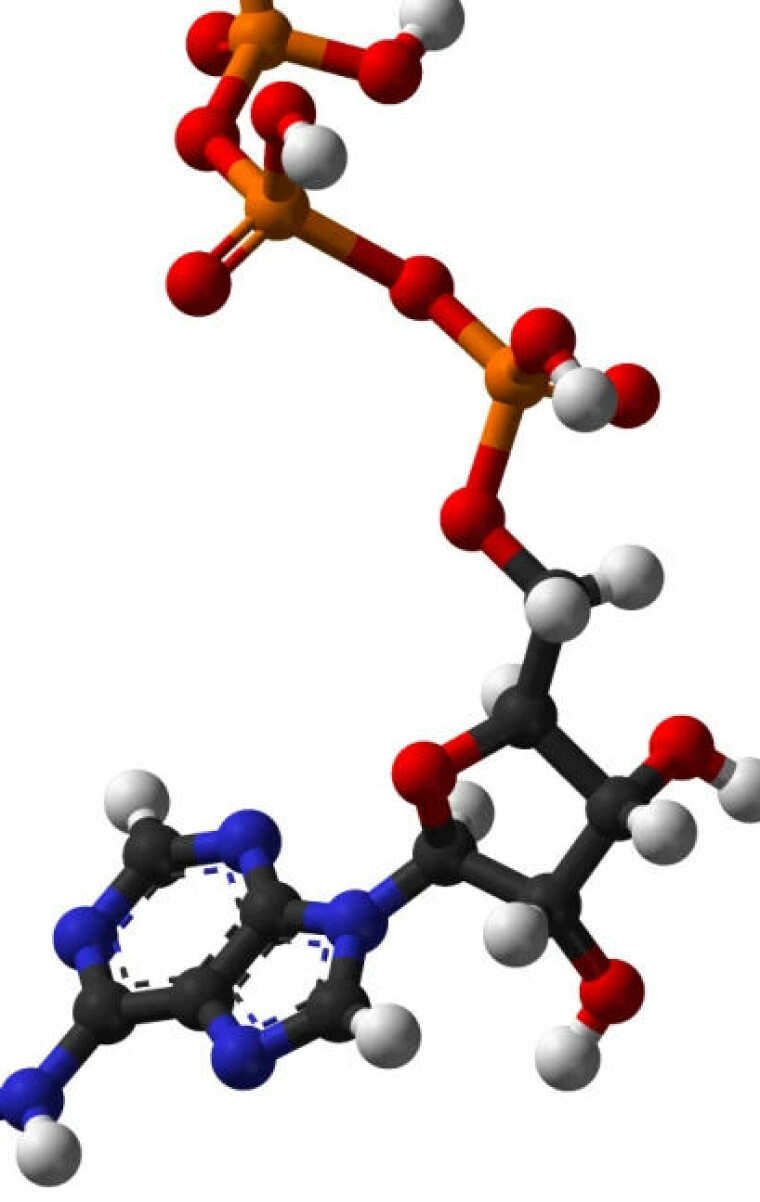
Under normal circumstances, they use the energy that all other cells typically use.
Namely the substance ATP.
ATP must be transported back and forth to the cells' power plants
You can think of ATP as small fully charged batteries. They are transported to where they are needed and deliver a charge of energy.
The problem is that they get depleted quickly.
Then, the little batteries need to be transported back to what is often called the powerhouses of the cells, or mitochondria.
These powerhouses play a crucial role in the body.
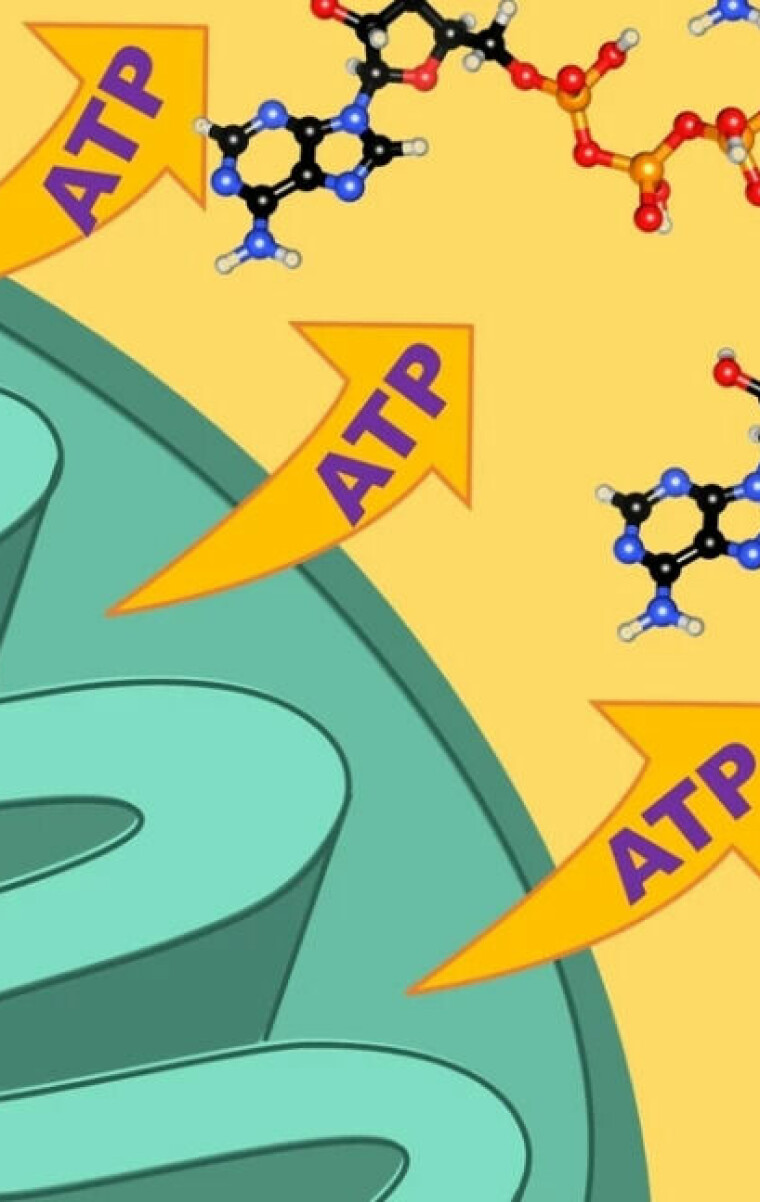
It is here that the food we eat is converted into the energy the body needs.
In other words, the mitochondria, shown in green, recharge ATP.
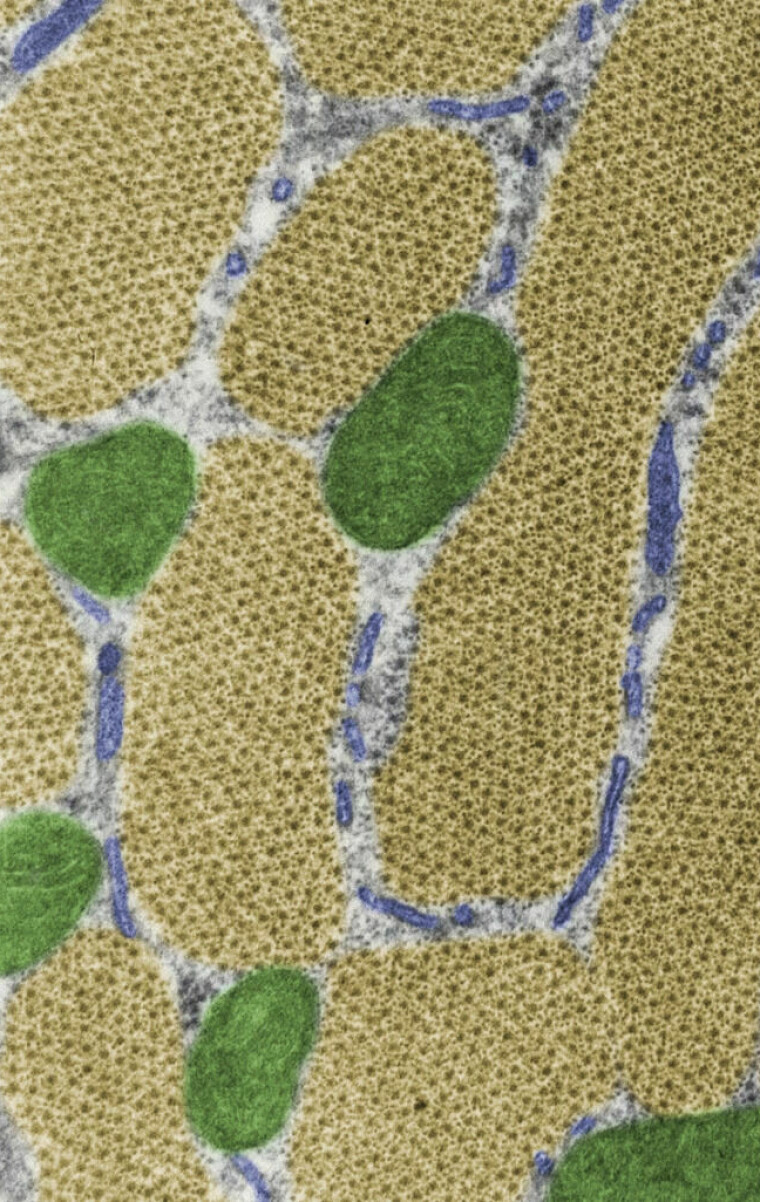
Under an electron microscope, a muscle fibre looks like this when cut across.
The mitochondria, coloured in green, are thus recharging the ATP batteries.
Fully charged ATP is then sent out again to the parts coloured in yellow.
That is, where the muscle contracts when we use it.
Creatine comes to the muscles’ rescue
But this process has a weakness: It takes some time.
So, when the muscles suddenly need a large and rapid dose of energy, they need help.
This is where creatine comes in.
“If you’re on your way to the bus stop and see that the bus is about to leave when you’re 100 metres away, and you sprint to catch it, you’re using creatine,” Truls Raastad says. He is a professor at the Norwegian School of Sport Sciences.

Functions as a fast charger
And if you really want to understand what's happening, stick around a little longer.
The creatine stored in our muscles is not used directly.
Instead, it functions as a kind of fast charger. It can charge the ATP batteries right where they are needed.
But the effect only lasts for a few seconds. The creatine in your muscles also gets depleted.
Exercise and diet have a much greater effect
If you take creatine supplements, you can replenish the stores in your muscles if they aren’t already full.
Having more creatine in your muscles may help you endure a little longer during strength training.
However, for most people, the effect of the training itself and what you eat is much more important, Raastad emphasises.
———
Translated by Alette Bjordal Gjellesvik.
Read the Norwegian version of this article on forskning.no
Photos and images
Photo of powder in the gym: RHJPhotos / Shutterstock / NTB
Photo of meat and fish: Daniel-Dash/ Shutterstock / NTB
Image of muscle fibre: Crevis / Shutterstock / NTB
Image of ATP: Wikimedia Commons / Public domain
Image of mitochondria: clobatot / Shutterstock / NTB
Photo from an electron microscope: Jose Luis Calvo / Shutterstock / NTB
































